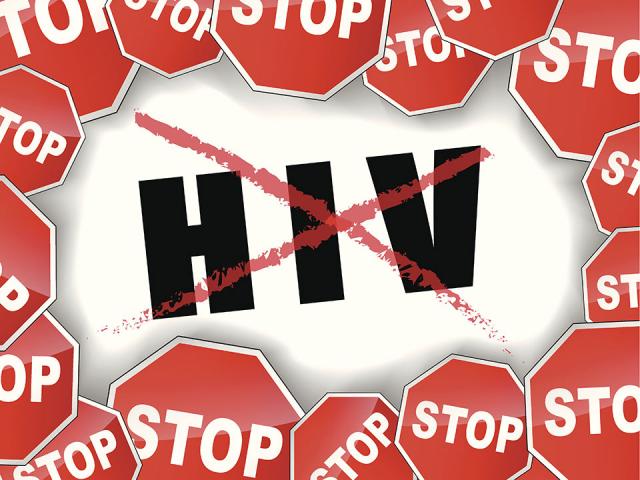Whenever we hold an in-person Board meeting at CIRM we like to bring along a patient or patient advocate to address the Board. Hearing from the people they are trying to help, who are benefiting or may benefit from a therapy CIRM is funding, reminds them of the real-world implications of the decisions they make and the impact they have on people’s lives.
At our most recent meeting Marissa Cors told her story.

Marissa Cors addressing the CIRM Board
My name is Marissa Cors, I have sickle cell disease. I was diagnosed with sickle cell disease at six months of age. I am now 40. Sickle cell has been a part of my life every day of my life.
The treatments you are supporting and funding here at CIRM are very important. They offer a potential cure to a disease that desperately needs one. I want to tell you just how urgently people with sickle cell need a cure.
I have been hospitalized so many times that my medical record is now more than 8 gigabytes. I have almost 900 pages in my medical record from my personal doctor alone.
I live with pain every day of my life but because you can’t see pain most people have no idea how bad it can be. The pain comes in two forms:
Chronic pain – this comes from the damage that sickle cell disease does to the body over many years. My right knee, my left clavicle, my lower back are all damaged because of the disease. I get chronic headaches. All these are the result of a lifetime of crisis.
Acute pain – this is the actual crisis that can’t be controlled, where the pain is so intense and the risk of damage to my organs so great that it requires hospitalization. That hospitalization can result in yet more pain, not physical but emotional and psychological pain.
But those are just the simple facts. So, let me tell you what it’s really like to live with sickle cell disease.

It means being in a constant state of limbo and a constant state of unknown because you have no idea when the next crisis is going to come and take over and you have to stop your life. You have absolutely no idea how bad the pain will be or how long it will last.
It is a constant state of frustration and upset and even a constant state of guilt because it is your responsibility to put in place all the safety nets and plans order to keep life moving as normally as possible, not just for you but for everyone else around you. And you know that when a crisis comes, and those plans get ripped up that it’s not just your own life that gets put on hold while you try to deal with the pain, it’s the lives of those you love.
It means having to put your life on hold so often that it’s hard to have a job, hard to have a career or lead a normal life. Hard to do the things everyone else takes for granted. For example, in my 30’s, while all my friends from home and college were building careers and getting married and having families, I was in a cancer ward trying to stay alive, because that’s where they put you when you have sickle cell disease. The cancer ward.
People talk about new medications now that are more effective at keeping the disease under control. But let me tell you. As a black woman walking into a hospital Emergency Room saying I am having a sickle cell crisis and need pain medications, and then naming the ones I need, too often I don’t get treated as a patient, I get treated as a drug addict, a drug seeker.
Even when the doctors do agree to give me the medications I need they often act in a way that clearly shows they don’t believe me. They ask, “How do we know this is a crisis, why is it taking you so long for the medication to take effect?” These are people who spent a few days in medical school reading from a textbook about sickle cell disease. I have spent a lifetime living with it and apparently that’s still not enough for them to trust that I do know what I am talking about.
That’s when I usually say, “Goodbye and don’t forget to send in your replacement doctor because I can’t work with you.”
I have had doctors take away my medication because they wanted to see how I would react without it.
If I dare to question what a doctor or nurse does, they frequently tell me they have to go and take care of other patients who are really sick, not like me.
Even when I talk in my “nice white lady” voice they still treat me and call me “an angry black girl”. Girl. I’m a 40 year old woman but I get treated like a child.
It’s hard to be in the hospital surrounded by doctors and nurses and yet feel abandoned by the medical staff around you.
This month alone 25 people have died from sickle cell in the US. It’s not because we don’t have treatments that can help. It’s due to negligence, not getting the right care at the right time.
I know the work you do here at CIRM won’t change those attitudes. But maybe the research you support could find a cure for sickle cell, so people like me don’t have to endure the pain, the physical, emotional and spiritual pain, that the disease brings every day.
You can read about the work CIRM is funding targeting sickle cell disease, including two clinical trials, on this page on our website.











